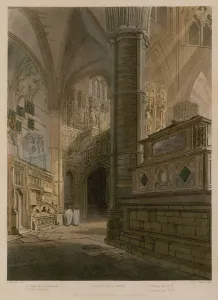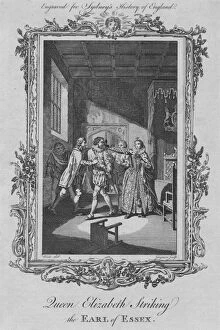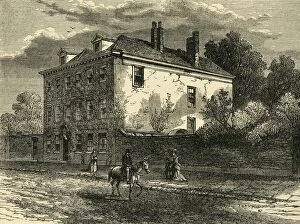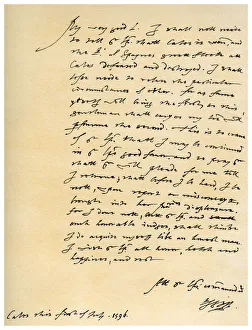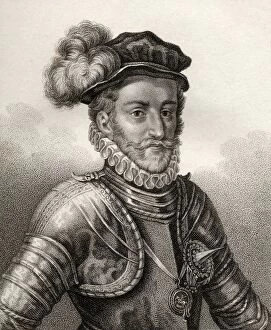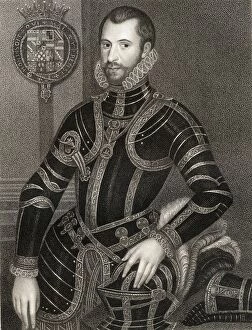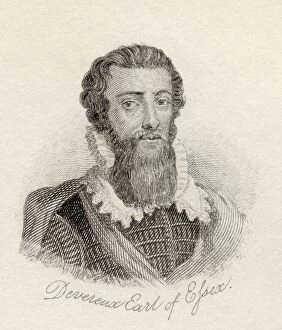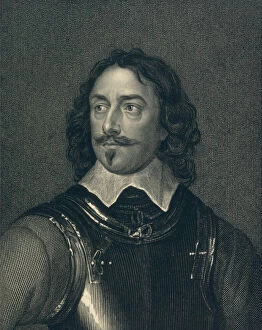Lord Bourchier Collection
Lord Bourchier, also known as Robert Devereux, was a prominent figure in the North East Area of London during the late 16th and early 17th centuries
All Professionally Made to Order for Quick Shipping
Lord Bourchier, also known as Robert Devereux, was a prominent figure in the North East Area of London during the late 16th and early 17th centuries. His legacy is immortalized in various historical artifacts such as portraits and engravings. One captivating depiction can be found in an exquisite coloured engraving showcasing Westminster Abbey, located in the heart of London. This artwork beautifully captures his noble presence and highlights his significant role within society. Another remarkable portrait attributed to the Studio of Marcus Gheeraerts showcases Lord Bourchier's striking features. Painted between 1596 and 1601, it exemplifies the artistic talent of that era while preserving his image for future generations to admire. Throughout history, numerous artists have attempted to capture Lord Bourchier's essence. An unknown artist created a compelling portrayal around 1944, emphasizing his importance during this period. Similarly, an anonymous creator produced another intriguing piece dating back to 1830 which portrays him with great detail and accuracy. Intriguingly enough, one particular artwork from 1773 depicts Queen Elizabeth herself striking Lord Bourchier—an event that undoubtedly left its mark on their relationship and further solidified his place in history. Not only do these visual representations exist; there are also written records that shed light on Lord Bourchier's life. A letter penned by him to Maurice, Prince of Orange in 1594 reveals insights into his political endeavors and alliances during this tumultuous time. Additionally, Essex House—a grand residence situated in Putney—stands as a testament to Lord Bourchier's opulence and influence within society. Its existence serves as a physical reminder of his prestigious status among nobility at that time. Lastly but not least importantly is Plate LXI - Sir Henry Bourchier: The Count of EU & Earl of Essex (KG).

